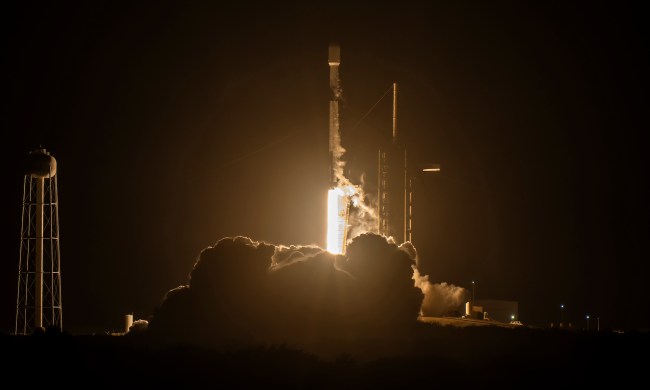Two NASA astronauts who have been stuck in orbit for over two months after the Boeing Starliner spacecraft they traveled in developed a fault on the outward journey will return to Earth in a SpaceX Dragon craft next year. Butch Wilmore and Suni Williams were aboard the Starliner for what was supposed to be a one-week test flight, but issues with the craft’s thrusters have forced it to remain docked at the International Space Station for testing. Now, the Starliner will return home uncrewed, and the astronauts will stay on the station to complete a six-month stint there.
This is a major setback for both NASA and Boeing, as NASA has repeatedly stressed its desire for multiple commercial options for travel to the space station in addition to the SpaceX Dragon. But engineers have struggled to replicate and solve the issues with the Starliner from the ground, and the agency says it is prioritizing the safety of Wilmore and Williams by keeping them aboard the station.
“Spaceflight is risky, even at its safest and most routine. A test flight, by nature, is neither safe, nor routine,” said NASA Administrator Bill Nelson. “The decision to keep Butch and Suni aboard the International Space Station and bring Boeing’s Starliner home uncrewed is the result of our commitment to safety: our core value and our North Star. I’m grateful to both the NASA and Boeing teams for all their incredible and detailed work.”

The two astronauts will join Crew-9, a SpaceX mission that will launch with two astronauts instead of the usual four next month. Wilmore and Williams will become a part of this crew, then travel home along with them in the Dragon in February 2025.
But before Crew-9 can launch, the Starliner needs to return to Earth for more testing and fixing, so it can free up a docking port on the station for the Dragon. NASA has not yet announced a date for this departure, but it will need to be in the next few weeks to make room for the Crew-9 arrival.
Once Starliner has returned to Earth, NASA says it will conduct a review to see what needs to be fixed on the spacecraft before it can be used to transport crew again. However, the agency has continued to express confidence the the Starliner can work eventually.
“Starliner is a very capable spacecraft and, ultimately, this comes down to needing a higher level of certainty to perform a crewed return,” said Steve Stich, manager of NASA’s Commercial Crew Program. “The NASA and Boeing teams have completed a tremendous amount of testing and analysis, and this flight test is providing critical information on Starliner’s performance in space. Our efforts will help prepare for the uncrewed return and will greatly benefit future corrective actions for the spacecraft.”




